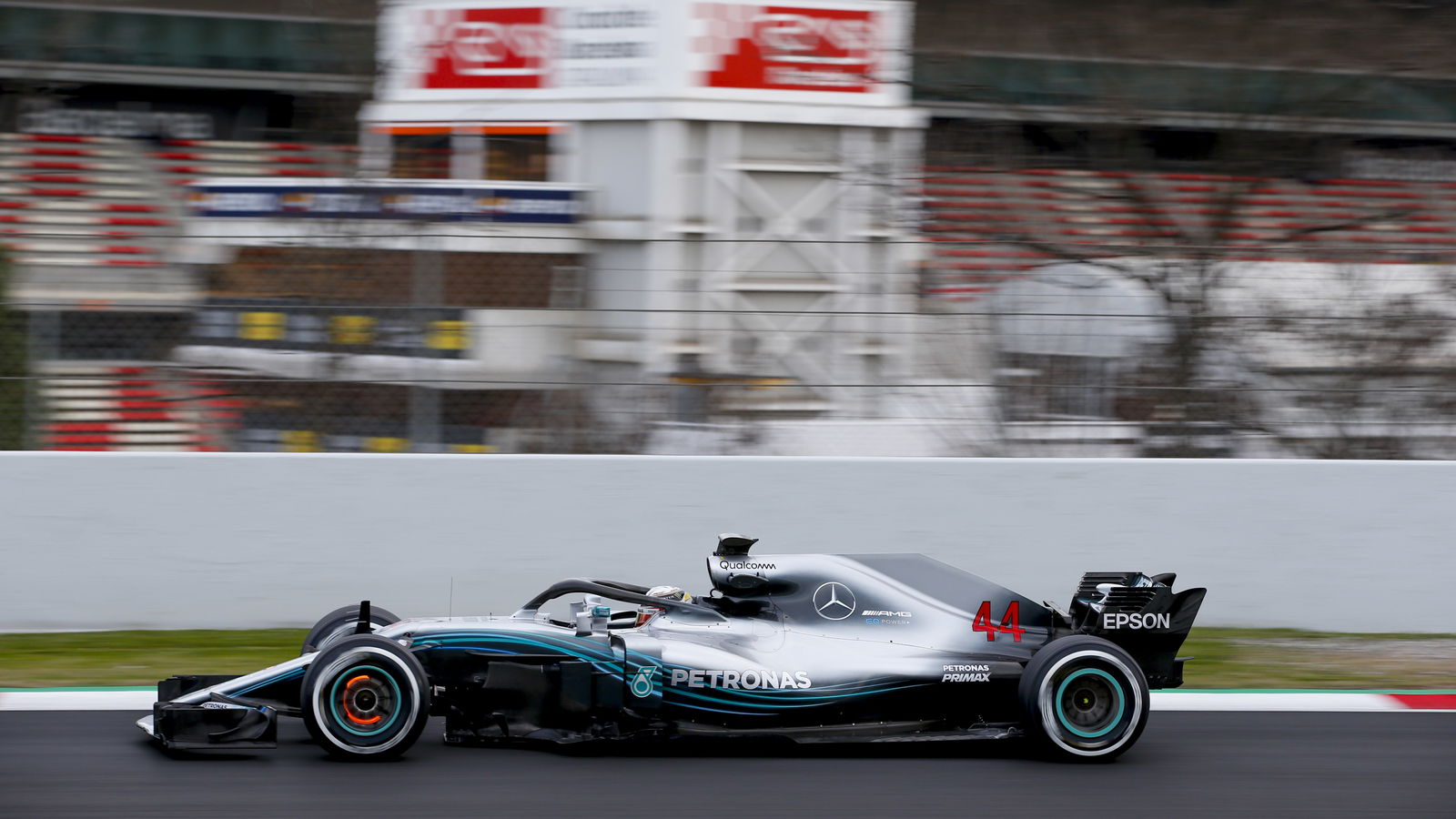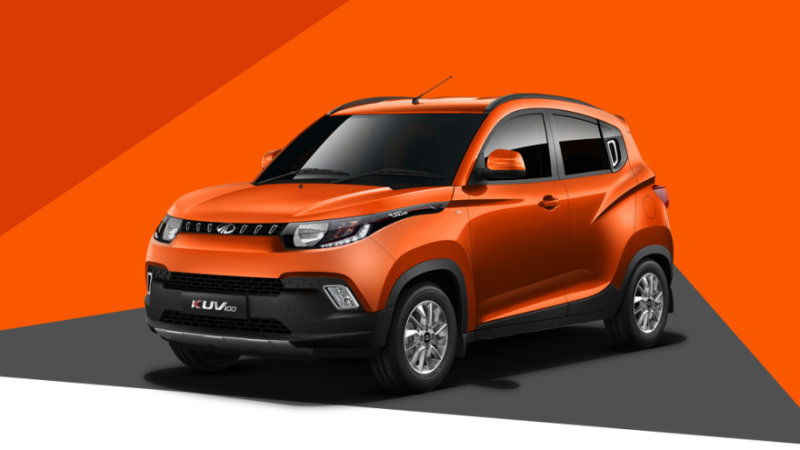Here Are The Compact, Ultra High-Tech Brakes F1 Cars Are Using In 2018

The 2018 breed of F1 cars is set to be the fastest ever as the combination of constantly-evolving aerodynamics and softer, grippier Pirelli tyres should be good for an extra second or two per lap over last year’s machinery.
The brakes are an often forgotten aspect of F1 cars, but the level of development that goes into them is no less than you’d see for an engine or a front wing. Brembo supplies most of the grid and with the extra speed (and the extra weight caused by the Halo), the Italian manufacturer hasn’t skimped on the details of this season’s braking equipment.
To cope with the extra stresses caused by the stickier tyres, the carbon discs have gained an extra 100 ventilation channels to help cool them down from over 1000 degrees centigrade. There are three types of disc depending on the circuit, ambient temperature and race strategy, ranging from 900 holes to 1200, with a massive 1500 on the beefiest set. Front discs will generally be 32mm thick, with the rears at 28mm.
They’re incredibly light, too - at little more than a kilo each, they weigh six times less than the carbon ceramic discs you might find on sports car, and 12 times less than regular steel discs.
There’s no holding back when it comes to the calipers, either, which themselves can reach 200 degrees centigrade. Despite the demands, keeping the weight down is key, so Brembo has managed to make them lighter and stiffer to maximise the effectiveness of the brake-by-wire systems.
This is especially evident with the rear brakes, which only run four-piston calipers (as opposed to the six-piston ones at the front) because the resistance generated by the energy recovery systems of the hybrid power units aids with the stopping power.
Brembo works with each team to produce bespoke discs, depending on whether there’s a preference for lighter, but less stiff discs, or ones with a stiffer construction at the cost of increased weight. Where thousandths of a second can make an enormous difference, the driver having confidence in the feel of their brakes is absolutely vital.
A Formula 1 caliper is expected to last for at least 10,000km, with teams ordering a dozen or so sets to get them through the year. Discs need to be changed a little more frequently - generally, a team will need between 140 to 240 per season, and upwards of 480 pads.

Comments
These brakes probably break the bank
Still won’t work for Moanjean
I guess we need Nitrogen filled tyres next and then we are good!
When can I put these on my civic?
When is the bigger wheels coming? I mean F1 is the only series that i can think of that still uses 15 and 13/4(?) inch wheels.
Bigger wheels means space for bigger brakes means later braking right? So why F1 don’t switch to 18’ or above? (idk I’m not a racing driver)
So that’s why HAAS was doing well. I mean, at until the wheels “broke” loose.
I know my way to the door, thank you very much.
Will it fit my Honda ?
Still gets defeated by a plastic sandwich bag. Those who saw the Australian Grand Prix and Sirotkin’s retirement know what I mean